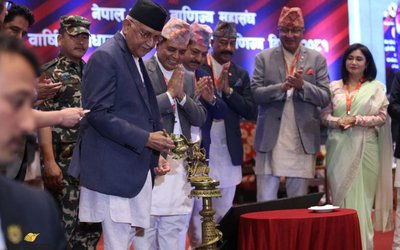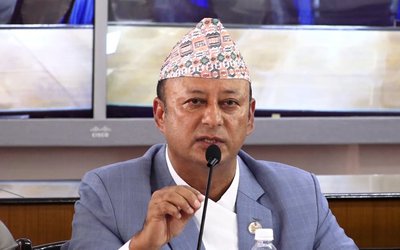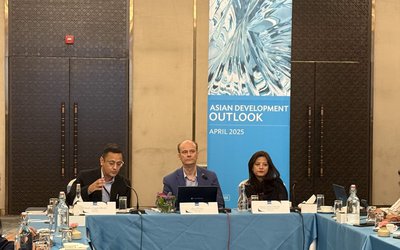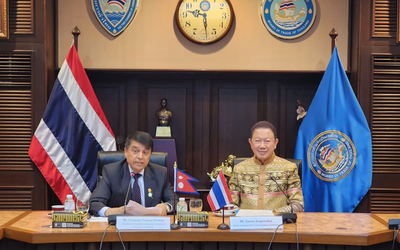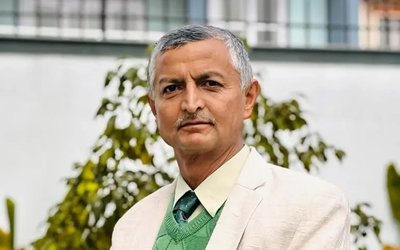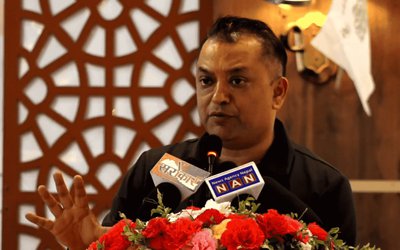
Nepal Rastra Bank's recently published Fifth Household Budget Survey reveals that Nepal’s import is likely to increase in the coming days as Nepalis spend over 85% of income on consumption.
With the flow of remittance rising and penetrating deep inside even in the villages, it has brought a change of habit in the people, in food habits, traditional customs and transportation.
As most of the people, even in remote areas use LPG for cooking and there is a high consumption of meat and milk products, the increase of household spending is natural.
According to a survey report, each Nepali household is spending Rs 86 of every Rs 100 it earns on consumption. Despite the rise in income of people, their habit will badly hurt the savings culture in Nepal.
The report found that an average household earns Rs 30,121 per month at present. However, each household spends Rs 25,928 on consumption. The findings of the Fifth Household Budget Survey released by Nepal Rastra Bank (NRB) showed that average household is saving only 13.92 per cent.
As there were a few consumer items compared to now, nine years ago, an average Nepali household was saving 44.76 per cent of its monthly income of Rs 27,391.
“Our report revealed that the country is becoming more and more consumption oriented,” said Nara Bahadur Thapa, Chief of NRB’s Research Division.
Economists argue that it is not bad at all to see hike in consumption spending for the economy. As Nepal is a net importer country, with huge trade deficit, the rise in consumption indicates more and more funds are leaving the country to finance imports.
As the urban sector is getting more complex, the NRB report reveals that savings culture is even worse in the urban areas. On an average, urban residents earn Rs 32,336 per month. However, their saving is lower than the rural population -- at 11.94 per cent of that income. Based on the population of 8,028 households of 55 districts for a year beginning February 13, 2014, the report highlighted many weaknesses of Nepal’s economy.
The report also pointed out that urban residents' income has increased but it is merely 1.26 percent in the last nine years. However, urban residents are spending more.
According to the report, urban residents were earning Rs 31,935 per month nine years ago. However, their average monthly income stands at Rs 32,336. The average increase in rural income has gone up drastically, 23.78 percent or Rs 27,551 in last nine years. However, monthly expenditure of rural households has also increased by 91.35 percent in the last nine years to Rs.22.928.
“As rural populations were receiving more money from abroad in the last one decade, we can see the change in the income-expenditure pattern. Along with income, the pattern of consumption has also changed,” said Thapa.
Food items consumed huge amount of money for rural household. According to the report, 39.70 percent of the rural household expenditure budgets go towards purchasing food and non-alcoholic beverage. Urban households, however, spend 34.07 percent of expenditure budget on food and non-alcoholic beverage.
Remittances are flowing to rural areas, people started to move to district headquarters for children's education. This increased the cost of their living as they needed to spend money for house rents, water, electricity, cooking gas and fuel. They increased the expenses of the rural population.
According to studies, 14.89 per cent of the total rural expenditure budget goes towards covering these costs. The urban population’s expenditure does not change much as they use these items. Their 20.96 per cent of expenditure budget went on these goods and services.
The report, among others, reveals many other interesting economic indicators, mostly on expenses of urban and rural households and pattern of their expenditure. Unlike other reports, this report has revealed decline in spending on alcohol, cigarettes and tobacco-related products.
According to a study, an average Nepali household was spending Rs 326 per month on these products nine years ago. However, an average household spends Rs 256 on these items.
Despite the change of behavior in urban areas, rural households continue to spend huge money in alcohol and cigarette. According to the report, an average rural household now spends Rs 299 on alcohol, cigarettes and tobacco-related products per month, as against Rs 220 of urban households.
At a time when Nepal’s economy is showing a bleak scenario, the Nepal Rastra Bank’s Survey has shown some positive indicators -- as a pattern of increasing expenditure in consumption is not bad at all for economy, what Nepal needs to do is to substitute the imported consumer items with local products.
- IME GROUP: Expands Into Paper Industry
- Mar 24, 2025
- CPN UML: Instigated By India
- Mar 23, 2025
- ADB’S CHIEF ECONOMIST: Nepal Reduces Poverty
- Mar 11, 2025
- FM DR. DEUBA: A Successful Visit
- Mar 11, 2025
- MD GHISING: Target Of Personal Grudge
- Mar 09, 2025
